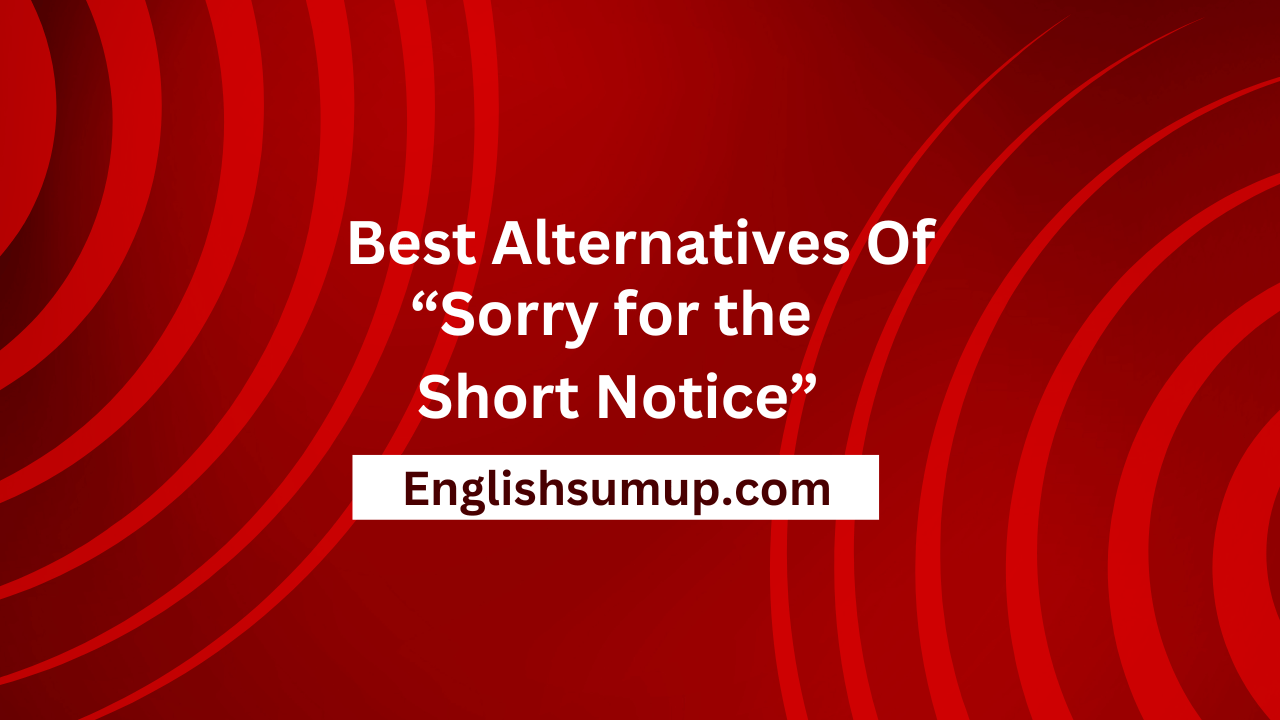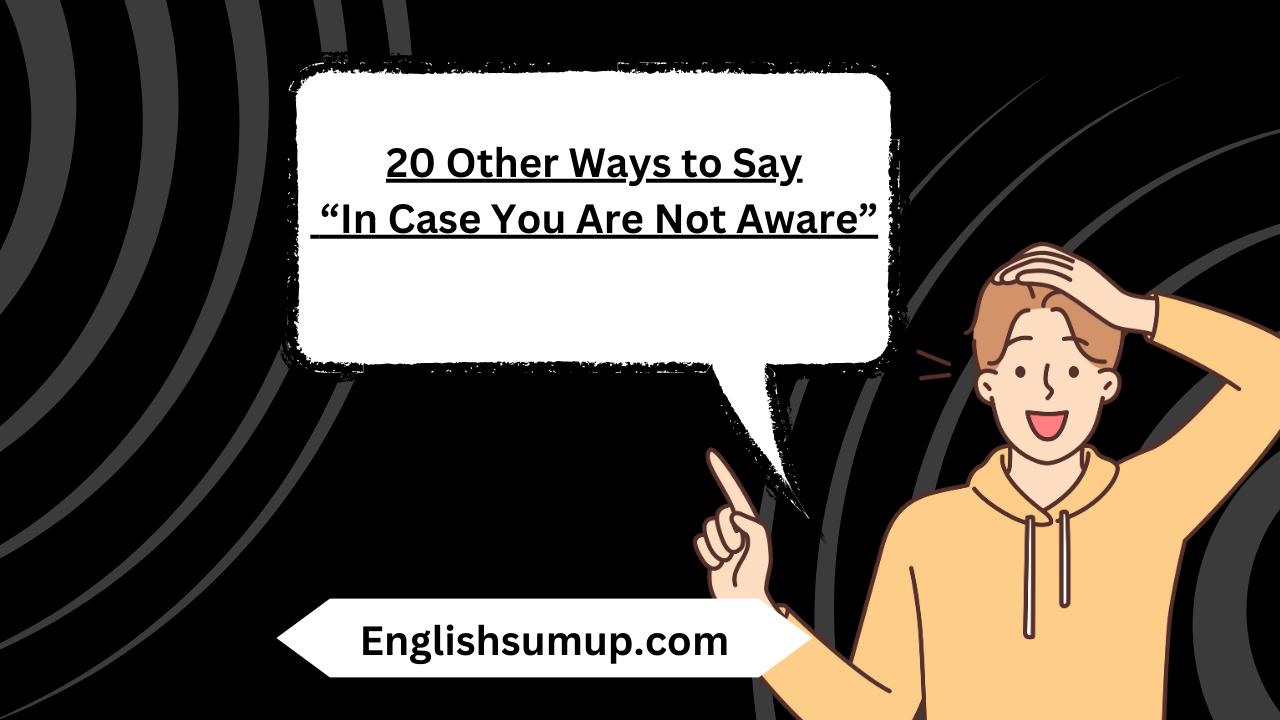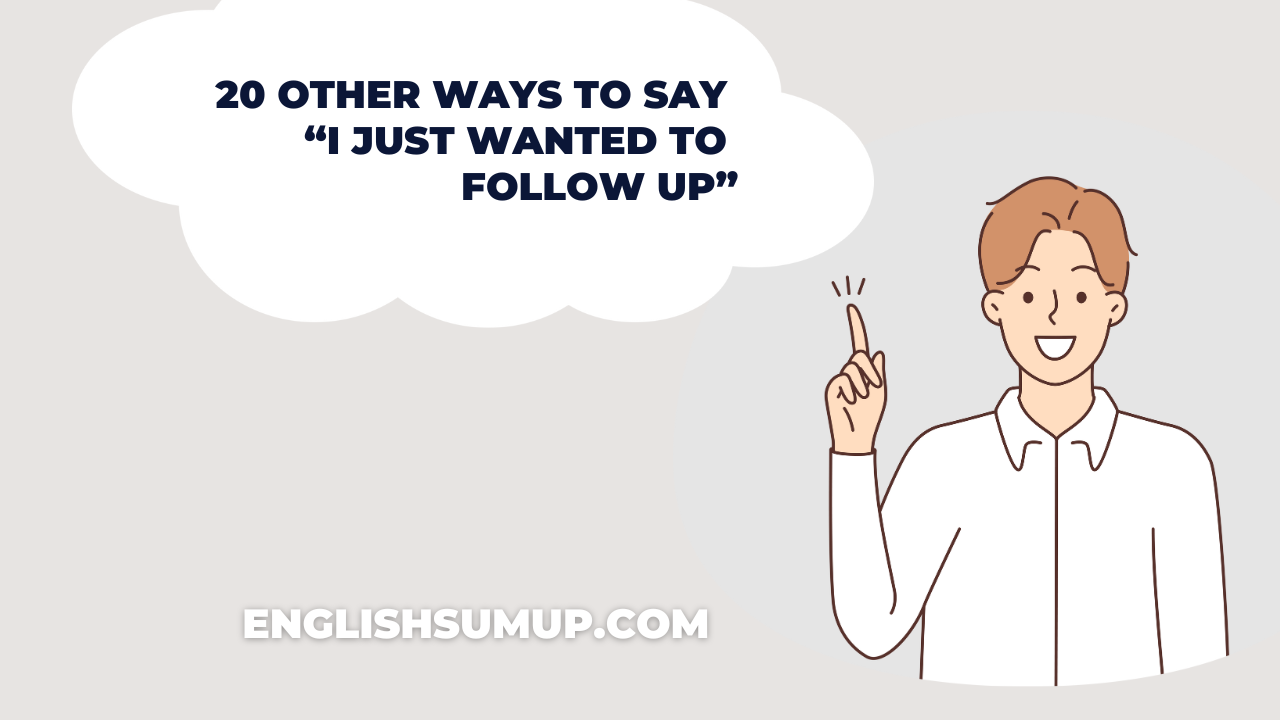Are you seeking a professional way to share your contact number but unsure about the appropriate phrasing? While the straightforward “you can reach me at” is commonly used, it’s essential to consider its appropriateness in a professional context.
This article will guide you through crafting a polished and effective message for sharing “You Can Reach Me At” t information in various business settings.
Is It Professional to Say “You Can Reach Me At”?

Certainly! Crafting a professional and effective message for sharing your contact information is essential. While “you can reach me at” is a suitable and formal phrase, it’s beneficial to explore alternative expressions for variety and versatility in your communication.
Let’s delve into the refined ways of providing your contact details in a professional manner.
In a professional context, it is entirely appropriate to use the phrase “you can reach me at.” This formal expression serves as a courteous and effective means to share your contact information, whether it be your personal phone number or work email address.
For instance, consider the following example:
“You can reach me at this number if you need anything else from me.”
Pros:
Professional and Polite: Using this phrase maintains a high level of professionalism and politeness in your communication.
Preferred Contact Method: It enables you to specify a preferred contact method, streamlining communication.
Cons:
Not Always Necessary: In situations where email is already in use, sharing new contact information may not always be necessary.
Synonym Choices: Some individuals prefer the term “contact me” over “reach me,” as both convey a similar meaning.
While “you can reach me at” is a solid and professional choice, it’s advantageous to have a repertoire of alternatives at your disposal. This ensures a varied and engaging writing style.
In the upcoming sections, we will explore alternative ways to professionally provide your contact information, accompanied by illustrative examples.
Let’s delve into these alternatives to enhance your repertoire of professional communication.
What to Say Instead of “You Can Reach Me At”

1. You Can Contact Me At
Utilizing “Contact me” as a synonym for “Reach me” is often perceived as a more formal choice, particularly in professional writing contexts.
Many writers who adhere to formal conventions prefer incorporating this phrase, especially when introducing a new means of communication via email.
For a polished and professional tone in business emails, we recommend employing the phrase “you can contact me at.”
This is particularly effective when reaching out to colleagues or employees, offering them an alternative and potentially more efficient method of contacting you.
Here’s an email example:
Sub: Updated Contact Information
Dear John,
I hope this message finds you well. I wanted to inform you of an alternative means of reaching out. Feel free to use this email for any future correspondence, as I tend to respond more promptly through this channel.
Thank you for your attention, and I look forward to our continued collaboration.
Best regards,
Devon
2. You Can Call Me On
When extending your phone number to someone in a professional context, opting for “call me” over “reach me” is deemed more appropriate. Therefore, the phrase “you can call me on” is particularly effective in maintaining a formal tone.
This expression proves highly suitable for formal settings, especially when sharing your phone number at the workplace. It is a courteous way to offer your contact information, often utilized when exchanging numbers with colleagues.
However, it’s essential to exercise discretion and only share your phone number with colleagues you are comfortable with. This ensures that the exchange is mutually beneficial and doesn’t lead to unforeseen complications. Isn’t this better than “You Can Reach Me At”.
Here’s a sample email exemplifying the use of this phrase:
Sub: Updated Contact Information
Dear John,
I trust this message finds you well. I wanted to provide you with my contact information for any future discussions or inquiries. Feel free to reach out at your convenience, and I’ll be sure to respond promptly.
Looking forward to our continued collaboration.
Warm regards,
Devon
3. If You’d Prefer, You Can Contact Me Here
In facilitating effective communication, it’s advisable to offer individuals multiple options to contact you. Commencing this phrase with “if you’d prefer” is an excellent approach, indicating your willingness to accommodate diverse communication preferences.
By providing several contact options, recipients can choose the method that suits them best.
Expressing “you can contact me here” allows you to specify your preferred contact method, subtly encouraging the recipient to consider utilizing this option over the existing one. Isn’t this better than “You Can Reach Me At”.
Here’s a sample email:
Sub: Multiple Contact Options
Dear John,
I trust this message finds you well. In our efforts to streamline communication, I wanted to offer you a few options to reach out. If you’d prefer. This method aligns with my preferred mode of communication in our professional setting.
Feel free to choose the option that best suits your convenience. I appreciate our collaborative efforts and look forward to staying in touch.
Kind regards,
Devon
4. This Is My Mobile Number
When introducing an alternative contact method, the phrase “this is my mobile number” stands as a reliable and straightforward choice.
This expression allows you to graciously share your personal number, offering an additional means of contact for the recipient.
However, it’s imperative to recognize the level of trust embedded in this phrase. Reserve its use for situations where you have a high degree of trust in the recipient, particularly when sharing your mobile number for potential emergencies. Isn’t this better than “You Can Reach Me At”.
Avoid distributing it casually without a valid reason to safeguard your privacy.
Here’s an email example:
Sub: Updated Contact Information
Dear John,
I trust this message finds you well. I wanted to provide you with an additional means of contact. This is my mobile number: [Your Mobile Number]. Please feel free to reach out if you have any urgent matters or if a phone conversation would be more convenient.
I appreciate our collaboration and am here to assist you in any way possible.
Best wishes,
Devon
5. This Is My Email Address
When providing an alternative means of contact, a straightforward approach is to use the phrase “this is my email address.”
This expression serves as a practical alternative to “you can reach me at,” indicating your willingness for the recipient to contact you through a different email channel.
This phrase is particularly advantageous when individuals possess both work and personal email addresses.
If you’ve initially corresponded through a work email, using “this is my email address” allows you to seamlessly extend access to your personal email for more varied communication. Isn’t this better than “You Can Reach Me At”.
Here’s an email example:
Sub: Additional Contact Information
Dear John,
I trust this message finds you well. To ensure prompt communication, I’m providing you with an alternative means of contact. Please feel free to reach out on this platform for any urgent matters or when a swift response is required.
Thank you for your cooperation.
Best regards,
Devon
6. For Urgent Matters, Call Me On
When extending the option for individuals to contact you outside of regular work hours, an effective phrase to use is “for urgent matters, call me on.”
This expression is particularly suitable for sharing your phone number and is best reserved for emergency situations, ensuring you can be reached promptly when necessary.
This phrase finds its relevance, especially when communicating with employees whom you trust and want to ensure a smooth operation within the workplace. Isn’t this better than “You Can Reach Me At”.
Here’s a sample email to provide a clearer understanding:
Sub: Important Contact Information
Dear John,,
I hope this message finds you well. In the event of urgent matters, please don’t hesitate to call me directly, if you prefer, you can contact the office, and my secretary will be available to assist you.
Your prompt attention to urgent matters is greatly appreciated.
Best regards,
Devon
7. Feel Free to Give Me a Call On
In professional communication, incorporating an encouraging phrase such as “feel free” can contribute to a positive and friendly tone in your emails. This approach enhances likability and often encourages recipients to respond more willingly.
Using “feel free to give me a call on” is a particularly polite and effective way to offer your phone number, making it suitable for interactions with clients and contributing to the establishment of a stronger professional relationship. Isn’t this better than “You Can Reach Me At”.
Here’s an email example:
Sub: Accessibility for Questions
Dear John,
I trust this email finds you well. If you have any questions or need further clarification, feel free to give me. I’m more likely to pick up and provide immediate assistance.
Thank you for your collaboration, and I look forward to hearing from you soon.
Best wishes,
Devon
8. You Can Always Contact Me
Incorporating the term “always” into a positive phrase conveys a strong willingness to assist someone whenever they may require support. Consider “you can always contact me” as an encouraging invitation for customers to reach out whenever they need assistance.
Following this phrase, it’s advisable to specify the available contact methods, ensuring clarity on how individuals can get in touch with you. Isn’t this better than “You Can Reach Me At”.
Here’s an example:
Sub: Always Here for Your Inquiries
Dear John,
I trust this message finds you well. I want to assure you that you can always contact me. I’m dedicated to providing prompt and reliable assistance, and I’ll be available to respond to your inquiries anytime you need support.
Thank you for your trust and cooperation. Looking forward to assisting you further.
Best regards,
Devon
9. Get in Touch Here
Utilizing a slightly more informal approach than “you can reach me at,” the phrase “get in touch here” provides a friendly invitation for contact. This phrase is particularly effective when a specific contact method, such as an email or website address, has been provided.
We recommend employing this option when communicating with customers, as it offers them an additional means of reaching out for assistance. Isn’t this better than “You Can Reach Me At”.
It’s essential to consider the workplace context, and this approach is most suitable for environments that embrace a slightly more casual tone.
When dealing with professional clients, it may be prudent to opt for a more formal expression.
Here’s an example:
Sub: Stay Connected Beyond Office Hours
Dear John,
If you find yourself needing assistance outside of regular office hours, don’t hesitate to get in touch with me. I’m committed to ensuring a swift response to your queries.
Wishing you all the best,
Devon
Conclusion:
In conclusion, the myriad expressions outlined above provide a diverse array of formal ways to convey the simple message of “You can reach me at.” By employing these refined phrases, individuals can enhance their communication skills and project a polished image in professional settings. Whether it be in written correspondence or verbal communication, incorporating these alternatives adds a touch of sophistication and professionalism to one’s interactions. Embracing such nuances in language not only demonstrates attentiveness to detail but also fosters clearer and more effective communication. So, the next time you need to provide contact information, consider these formal alternatives to convey your accessibility seamlessly.









